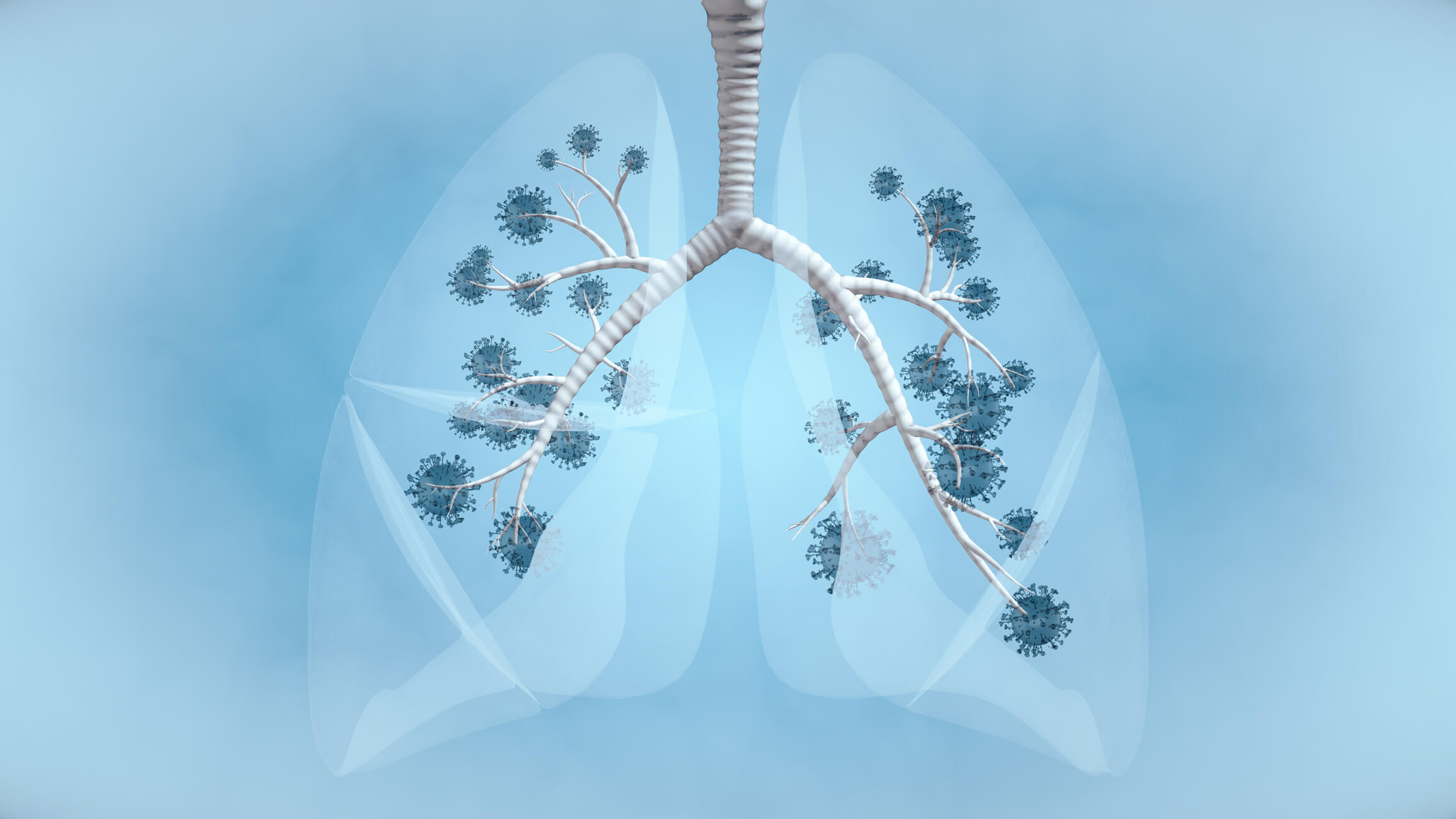
A persistent cough that doesn’t go away often becomes the first noticeable sign of something deeper. It may start dry and become more forceful over time. Some patients report hoarseness or wheezing. Coughing up blood, even in small amounts, raises concern. These signs may be dismissed as infection or allergy. But in lung cancer, they reflect deeper structural changes. Tumors block airways or irritate tissue. Breathlessness follows small tasks. Fatigue builds. Weight loss comes without diet. Symptoms feel scattered, but the pattern tells a story. Most cases emerge quietly before spreading broadly.
Chest pain during breathing or laughing suggests local invasion beyond the airway lining
Chest pain during breathing or laughing suggests local invasion beyond the airway lining. Tumors near pleura irritate nerve endings. Some patients feel pressure or tightness. The pain may radiate to the shoulder or back. It’s not always constant but recurs. Physical movement can trigger discomfort. These sensations are often mistaken for muscle strain or infection. But they result from cancer pushing into chest structures. As tumors grow, pain becomes sharper and more persistent. It doesn’t ease with cough syrups or rest. Pain doesn’t define all cases, but when present, it reveals critical spread.
Many cases remain hidden until cancer has advanced and spread beyond the lungs
Many cases remain hidden until cancer has advanced and spread beyond the lungs. This delay in detection comes from vague symptoms. Early-stage lung cancer often mimics less serious illness. Fatigue, slight breathlessness, or mild cough don’t raise alarms. Screenings aren’t common unless patients meet strict criteria. When cancer reaches lymph nodes, bones, or brain, the signs intensify. Bone pain, neurological changes, and weight loss signal distant spread. At this stage, options narrow. Early diagnosis improves outcomes, but access and awareness lag. That’s why high-risk groups need regular imaging even without symptoms.
Imaging tests begin with chest X-rays but CT scans provide more precise views of the tumor’s shape and size
Imaging tests begin with chest X-rays but CT scans provide more precise views of the tumor’s shape and size. CT scans reveal nodules missed by standard films. They show lesion borders, involvement of vessels, and lymph nodes. PET scans add metabolic activity to the picture. Active tumors light up due to glucose uptake. This helps distinguish scar tissue from cancer. MRI is reserved for brain metastases or spinal involvement. Each tool adds detail to staging. Imaging alone doesn’t confirm cancer—it shows what to biopsy. That next step guides everything else.
Tissue confirmation through biopsy remains essential to determine the cancer type and its molecular profile
Tissue confirmation through biopsy remains essential to determine the cancer type and its molecular profile. Not all lung cancers behave the same. Non-small cell and small cell types require different treatment. Within those, mutations change therapy paths. EGFR, ALK, KRAS, and PD-L1 levels shape medication options. Samples come from bronchoscopy, needle aspiration, or surgical resection. Pathologists identify cell types and grade aggressiveness. Molecular markers help match patients to targeted drugs. Biopsy isn’t just about diagnosis—it’s about planning. Personalized treatment starts with microscopic features. The sample opens the entire roadmap.
Staging determines how far cancer has spread and which treatment path is still possible
Staging determines how far cancer has spread and which treatment path is still possible. It includes tumor size (T), node involvement (N), and metastases (M). Early-stage tumors may still be removed. Stage III involves local spread but may still respond to chemo and radiation. Stage IV reflects distant metastases. Treatment shifts from cure to control. Staging uses scans, biopsy, and sometimes surgical sampling. It’s not just classification—it’s navigation. Each stage changes goals, methods, and timelines. Patients with identical tumors may have entirely different options based on spread.
Surgery offers curative potential in early-stage lung cancer when complete resection is feasible
Surgery offers curative potential in early-stage lung cancer when complete resection is feasible. Lobectomy removes the entire affected lobe. Segmentectomy spares more lung for borderline candidates. Pneumonectomy removes the whole lung in selected cases. Minimally invasive approaches reduce recovery time. Surgery demands good lung function and absence of distant spread. Pre-op tests include spirometry and cardiac assessment. After removal, tissue is examined to confirm margins. Surgery alone may suffice for small tumors. Larger or node-positive cases need added chemotherapy. Surgery works best when performed early—before symptoms feel urgent.
Chemotherapy, immunotherapy, and targeted therapy treat cancers based on subtype and genetic drivers
Chemotherapy, immunotherapy, and targeted therapy treat cancers based on subtype and genetic drivers. Chemotherapy attacks fast-growing cells broadly. It reduces tumor size and controls spread. Immunotherapy boosts the body’s own defenses. It works well in high PD-L1 tumors. Targeted therapies block specific mutations. EGFR inhibitors work in mutation-positive cases. ALK rearrangements respond to their own class of drugs. Some treatments are pills; others are IV infusions. Combinations increase response but raise side effects. Blood tests and imaging track progress. Personalized regimens replace one-size-fits-all plans.
Radiation therapy helps control tumors that can’t be removed or have returned after surgery
Radiation therapy helps control tumors that can’t be removed or have returned after surgery. Stereotactic body radiotherapy (SBRT) targets small lesions precisely. It spares surrounding tissue. Conventional radiation treats larger or centrally located tumors. It also manages bone or brain metastases. Radiation may relieve symptoms: pain, cough, or obstruction. Side effects include fatigue, skin changes, and swallowing difficulty. Planning involves simulation scans and custom molds. Sessions are short but repeated over weeks. Timing matters—radiation can precede or follow other therapies. It fits into nearly every treatment phase.
Supportive care addresses symptoms like breathlessness, pain, fatigue, and anxiety throughout the illness
Supportive care addresses symptoms like breathlessness, pain, fatigue, and anxiety throughout the illness. Oxygen helps when lungs can’t deliver enough air. Opioids relieve chest discomfort. Steroids reduce swelling around metastases. Anti-nausea drugs counter chemotherapy effects. Mental health support eases fear and uncertainty. Nutritionists manage weight loss. Social workers guide through logistics. This isn’t secondary—it’s parallel care. Even during active treatment, comfort matters. Good symptom control improves function and may even extend life. Palliative care doesn’t mean giving up—it means living better, through every phase of cancer.
